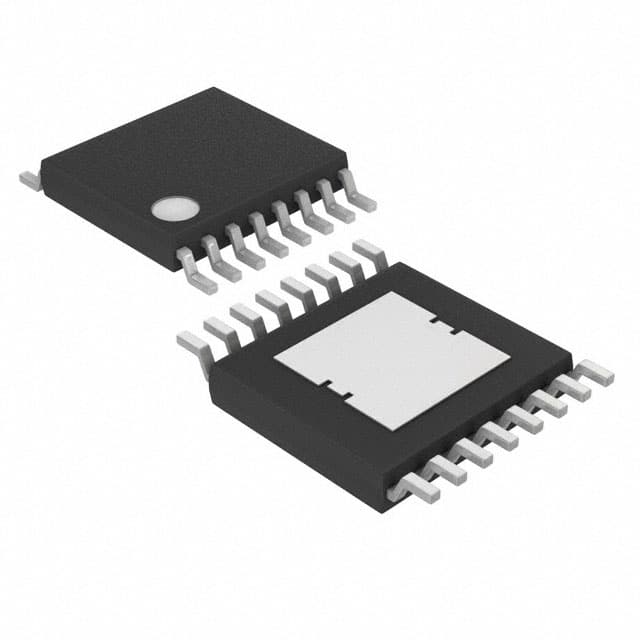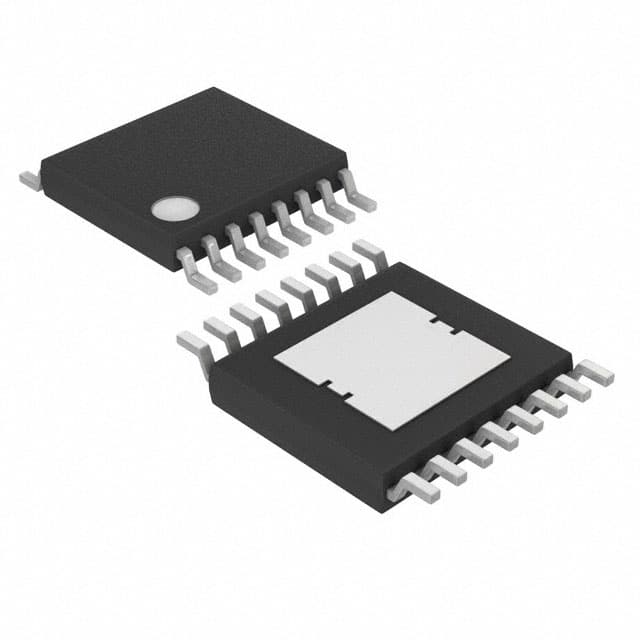ICL7663AESA+T Product Introduction:
Maxim Integrated Part Number ICL7663AESA+T(PMIC - Voltage Regulators - Linear), developed and manufactured by Maxim Integrated, distributed globally by Jinftry. We distribute various electronic components from world-renowned brands and provide one-stop services, making us a trusted global electronic component distributor.
ICL7663AESA+T is one of the part numbers distributed by Jinftry, and you can learn about its specifications/configurations, package/case, Datasheet, and other information here. Electronic components are affected by supply and demand, and prices fluctuate frequently. If you have a demand, please do not hesitate to send us an RFQ or email us immediately sales@jinftry.com Please inquire about the real-time unit price, Data Code, Lead time, payment terms, and any other information you would like to know. We will do our best to provide you with a quotation and reply as soon as possible.
Introducing the Maxim Integrated ICL7663AESA+T, a versatile and reliable voltage converter designed to meet the demanding needs of various electronic applications. With its advanced features and exceptional performance, this product is set to revolutionize the power management industry.
The ICL7663AESA+T boasts a wide input voltage range of 1.5V to 16V, making it suitable for a wide range of applications. Its high efficiency and low quiescent current ensure minimal power loss, making it an ideal choice for battery-powered devices. Additionally, its integrated soft-start feature prevents excessive inrush current during startup, protecting sensitive components and extending their lifespan.
This voltage converter also offers a wide output voltage range, from -1.5V to -16V, making it suitable for both positive and negative voltage applications. Its high output current capability of up to 100mA ensures stable and reliable power supply to various electronic circuits.
The ICL7663AESA+T finds its application in a multitude of fields, including portable electronics, industrial automation, automotive systems, and telecommunications. Whether it's powering sensors, driving motors, or providing stable voltage to microcontrollers, this product excels in delivering consistent and efficient power management solutions.
In conclusion, the Maxim Integrated ICL7663AESA+T is a game-changer in the power management industry. With its advanced features, wide input and output voltage range, and high output current capability, it is the go-to choice for engineers and designers seeking reliable and efficient voltage conversion solutions.
Voltage Regulators-Linear is an electronic device used to convert an unstable DC voltage into a stable DC voltage. It regulates the voltage through an active component (such as a transistor or field effect tube) and a feedback network to ensure that the output voltage remains constant within a certain range. Linear regulators usually operate under low input voltage changes and load changes, and are able to provide a very clean and smooth output voltage.
Application
Voltage Regulators-Linear has a wide range of applications, covering almost all electronic devices requiring a stable DC power supply. In the field of consumer electronics, linear voltage regulators are widely used in mobile phones, tablets, laptops and other portable devices to provide stable voltage support for core components such as processors, memory and display screens. In the field of industrial automation and instrumentation, linear voltage regulators are often used in precision measuring instruments, sensor signal processing and other occasions because of their low noise and high precision characteristics. In addition, linear regulators also play an indispensable role in areas such as medical equipment, aerospace, and automotive electronics, where the quality of the power supply is extremely high. For example, in medical equipment, linear regulators ensure the power stability of devices such as pacemakers and monitors, ensuring the safety of patients.
FAQ about PMIC - Voltage Regulators - Linear
-
1. What are the characteristics of linear regulators?
Linear regulators have the characteristics of low cost, small package, few peripheral devices and low noise. There are many types of linear regulator packages, which are very suitable for use in LCD color TVs. For fixed voltage output applications, only 2-3 small capacitors are needed to form the entire solution. Ultra-low output voltage noise is the biggest advantage of linear regulators. The output voltage ripple is less than 35V (RMS), and it has an extremely high signal-to-noise control ratio, which is very suitable for powering small signal processing circuits that are sensitive to noise.
-
2. How to choose a linear regulator?
1. Switching regulator: A switching regulator uses an output stage that repeatedly switches between "on" and "off" states to generate an output voltage together with an energy storage component. Its adjustment is achieved by adjusting the switching timing based on the feedback sample of the output voltage. In a fixed-frequency regulator, the switching timing is adjusted by adjusting the pulse width of the switching voltage, which is called PWM control.
2. Parameter regulator: LDO is a linear regulator. Linear regulators use transistors or FETs operating in their linear region to subtract excess voltage from the applied input voltage to produce a regulated output voltage. This transistor allows saturation, so the regulator can have a very low dropout voltage, usually around 200mV.
3. Regulators for laser cutting machines: According to the use requirements of high-power laser cutting machines and the current power supply situation in my country, regulators that meet
-
3. What is the difference between a linear regulator and a resistor?
Linear regulators and resistors have significant differences in function, working principle and application scenarios.
Function and working principle:
A linear regulator is an electronic device that achieves a stable voltage output by adjusting linear elements (such as resistors, transistors, etc.) in the circuit. It uses the negative feedback principle. When the input voltage changes, the regulator senses this change and adjusts the parameters of the circuit elements (such as the resistance value or the conduction state of the transistor) accordingly to keep the output voltage stable within the required range. Linear regulators can provide lower output noise and fluctuations, and have better responsiveness to load changes.
Resistors are a basic electronic component used to limit current and divide voltage. It works by hindering the flow of current, has a fixed resistance value, and does not have the function of adjusting the output voltage.
Application scenarios:
Linear regulator
 Lead free / RoHS Compliant
Lead free / RoHS Compliant































